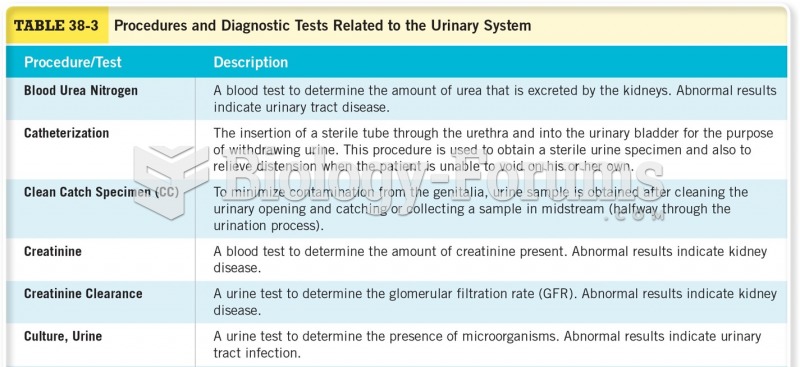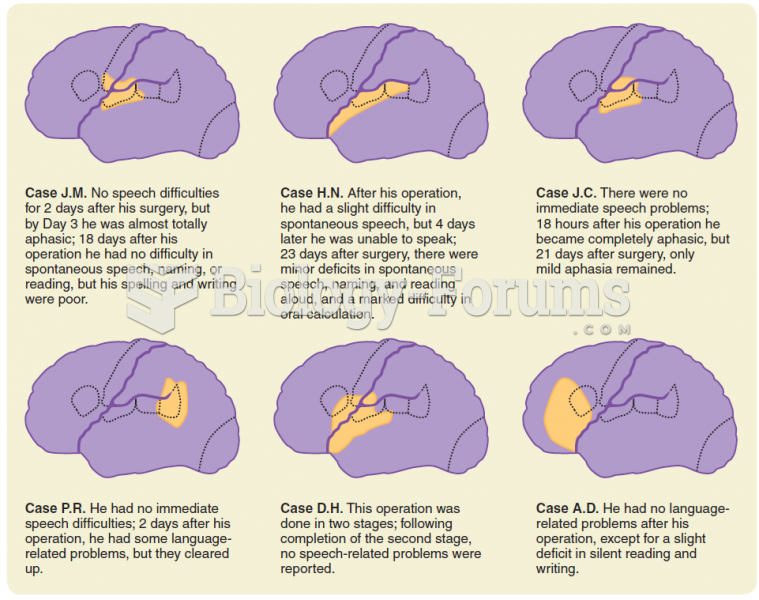Answer to Question 1
Defamation has evolved into a civil wrong (tort) as the act of making untrue statements about another which damages his/her reputation and/or deters others from working with or association with the defamed party. Defamation is an attack on the good reputation of a person or a person's business, by slander or libel. Similar to the concept of actual malice, nowhere in the Constitution is the term defamation found. Such concepts are terms developed by the Supreme Court as it has interpreted the Constitution. In the very important defamation case New York Times Co. v. Sullivan 376 U.S. 254 (1964), the Supreme Court of the United States held that the First Amendment prohibited a public official from recovering any damages for defamation based on criticism of official conduct unless the official proved the statement was made with actual malice. In order to meet the actual malice standard, the Court held that he was required to establish that the defendant published the defamatory material with knowledge of its falsity or acted with reckless disregard for the truth or falsity of the publication. If the defamatory statement is written, printed or otherwise broadcast over the various forms of media it is considered libel. Spoken defamation is considered slander. Slander, essentially an oral communication, requires proof of special damages unless the defamatory statement falls within certain common law categories of slander per se. If a plaintiff in a slander action is unable to prove either special damages or slander per se, the plaintiff is barred from recovery. Some statements such as an accusation of having committed a crime, having a feared disease or being unable to perform one's occupation are referred to as libel per se or slander per se and can lead to damage awards involving punitive damages. Most states provide for a demand for a printed retraction of defamation and only allow a lawsuit if there is no such admission of error. Though public figures and officials must meet the actual malice standard as established in New York Times v. Sullivan in order to recover for a claim of defamation, one method to avoid having to meet such a high legal standard is by suing under a different tort: the tort of intentional infliction of emotional distress. This unique tort has four elements: (1) the defendant must act intentionally or recklessly; (2) the defendant's conduct must be extreme and outrageous; and (3) the conduct must be the cause (4) of severe emotional distress.
Answer to Question 2
Neutral party appointed by the court to preserve property during the course of litigation.







